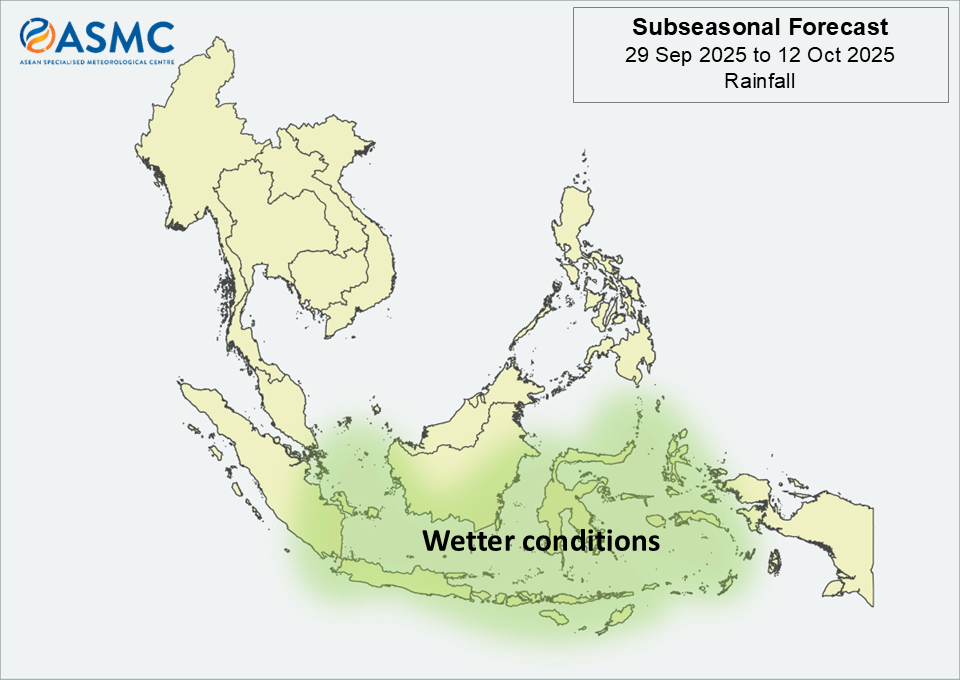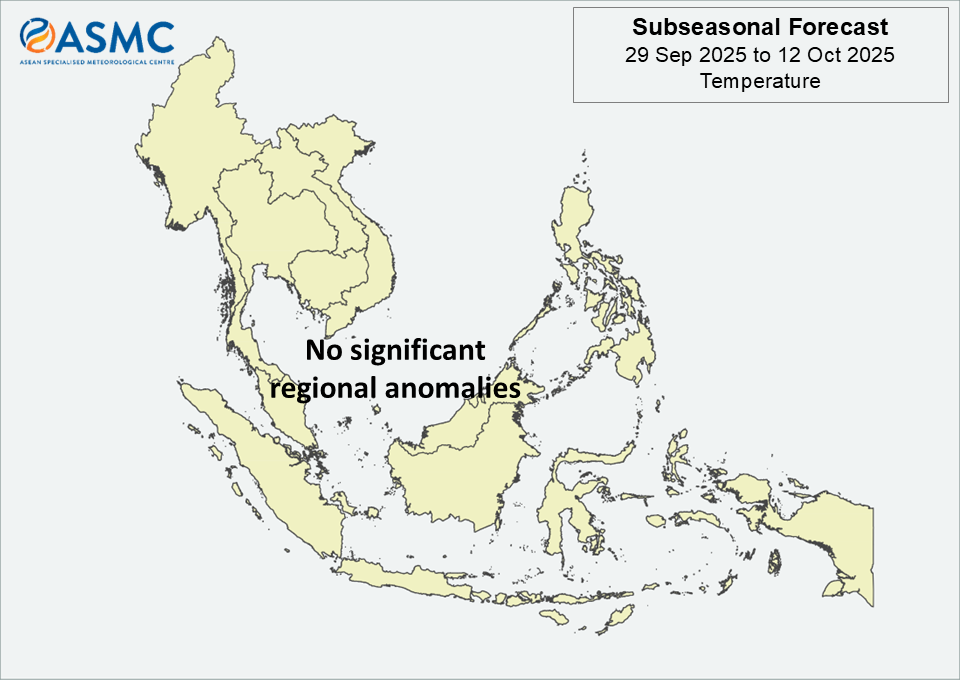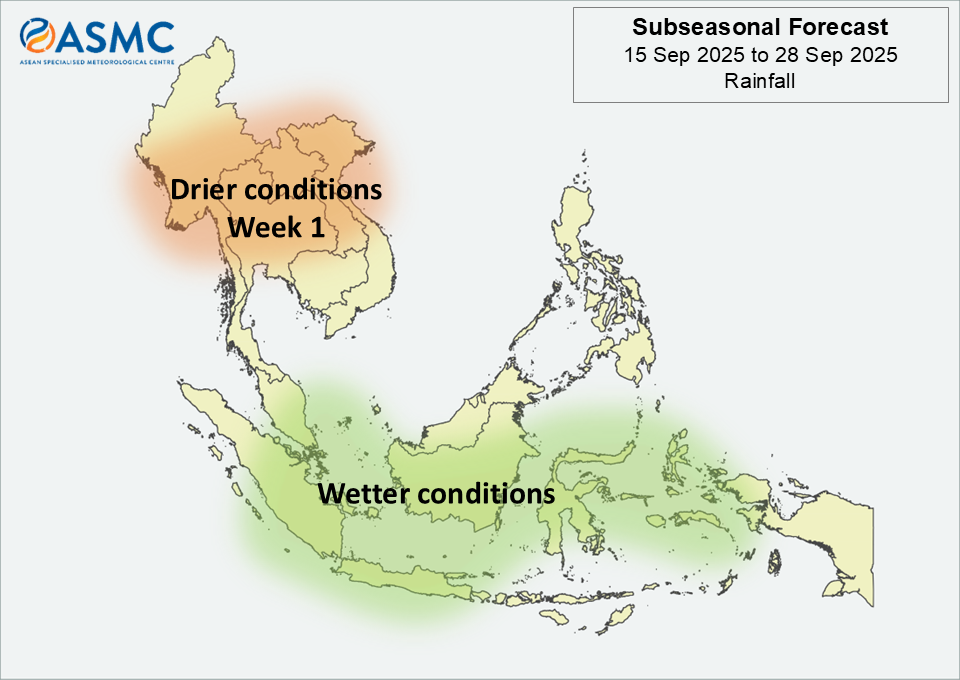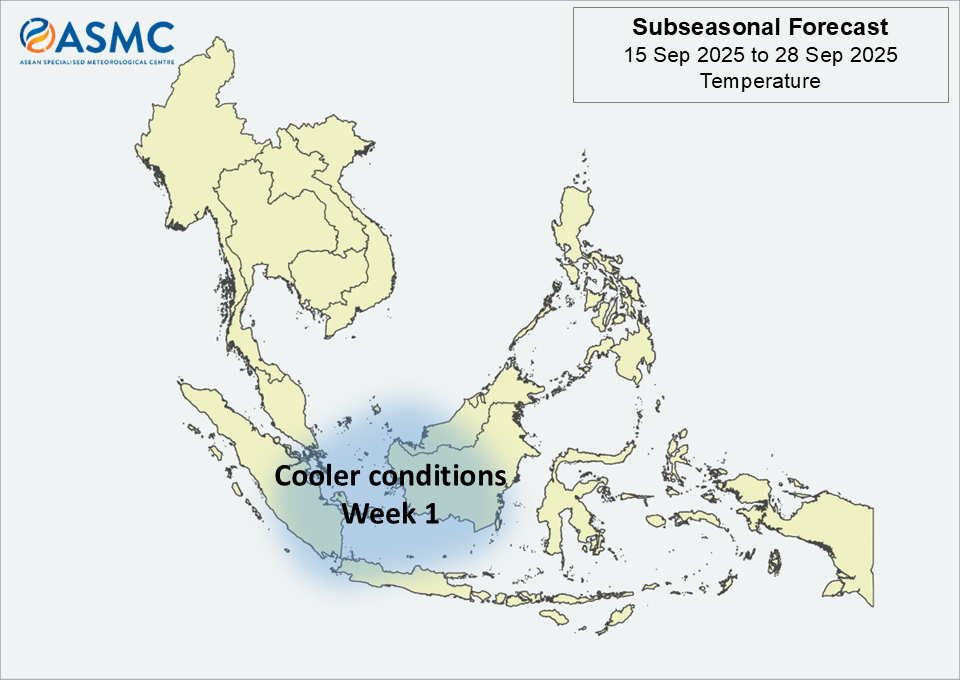Review of Regional Haze Situation for August 2025
1.1 The ASEAN region experienced Southwest Monsoon conditions during August 2025, characterized by prevailing southeasterly or southwesterly winds in the southern ASEAN region and southwesterly or westerly winds in the northern ASEAN region (Figure 1).
1.2 1.2 While Java and the Lesser Sunda Islands continued to face drier conditions, showers were prevalent over the rest of the southern ASEAN region. Alert Level 2 was downgraded to Level 1 for the southern ASEAN region on 12 August 2025 due to the expected improvement of the hotspot and haze situation, and the reduced risk of transboundary haze over the region under the wet weather conditions. In the northern ASEAN region, wet weather continued, particularly over the northern parts of the Philippines and the eastern parts of Mekong sub-region where there was intense rainfall brought by Typhoons Kajiki and Nongfa (Figure 1).
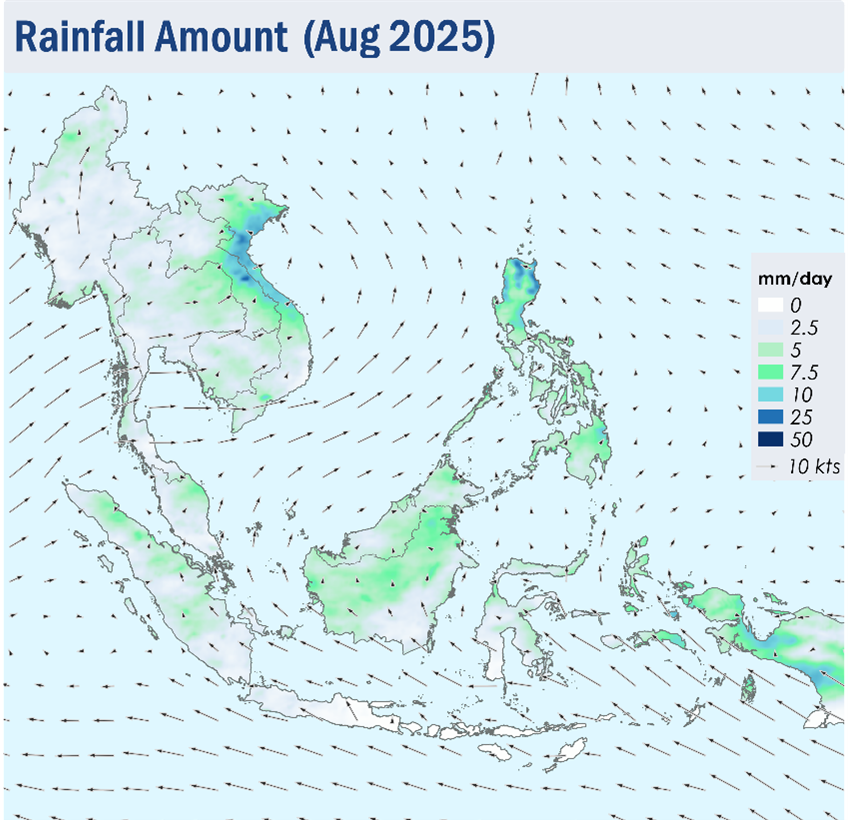
Figure 1: Average Daily Rainfall and Mean Winds for August 2025. (Source: JAXA GsMaP and GFS, respectively)
1.3 1.3 The hotspot counts for the ASEAN region in August 2025 were mostly comparable to the same month in previous years (Figures 2 and 3).
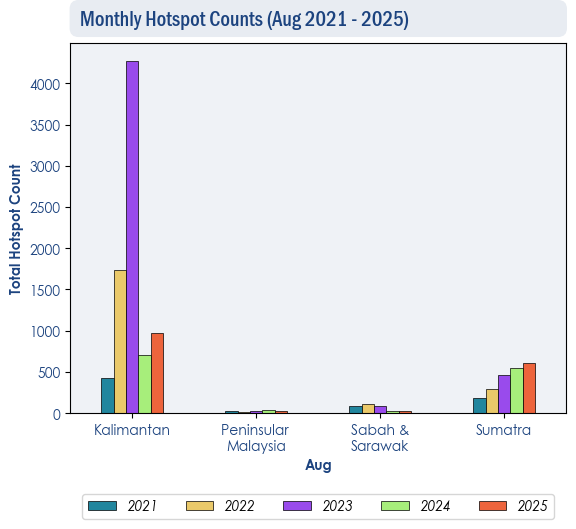
Figure 2: Hotspot counts for the southern ASEAN region for August (2021-2025) based on NOAA-20 satellite surveillance.
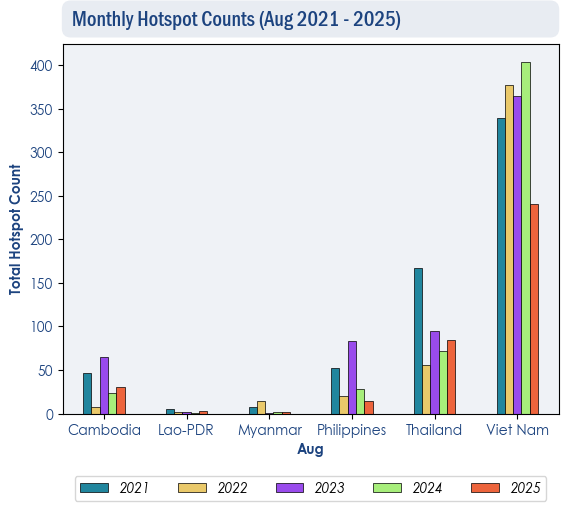
Figure 3: Hotspot counts for the northern ASEAN region for August (2021-2025) based on NOAA-20 satellite surveillance.
1.4 Isolated to scattered hotspots were detected in most parts of the southern ASEAN region, with persistent hotspot clusters detected in West Kalimantan, the northern and central parts of Sumatra, and the Lesser Sunda Islands (Figure 4). Moderate but localised smoke plumes were observed to emanate from hotspots in West Kalimantan and the northern parts of Sumatra on some days (Figures 6 and 7).
1.5 In the northern ASEAN region, the hotspot counts remained low with no significant smoke plumes were observed during the month (Figures 4 and 6).
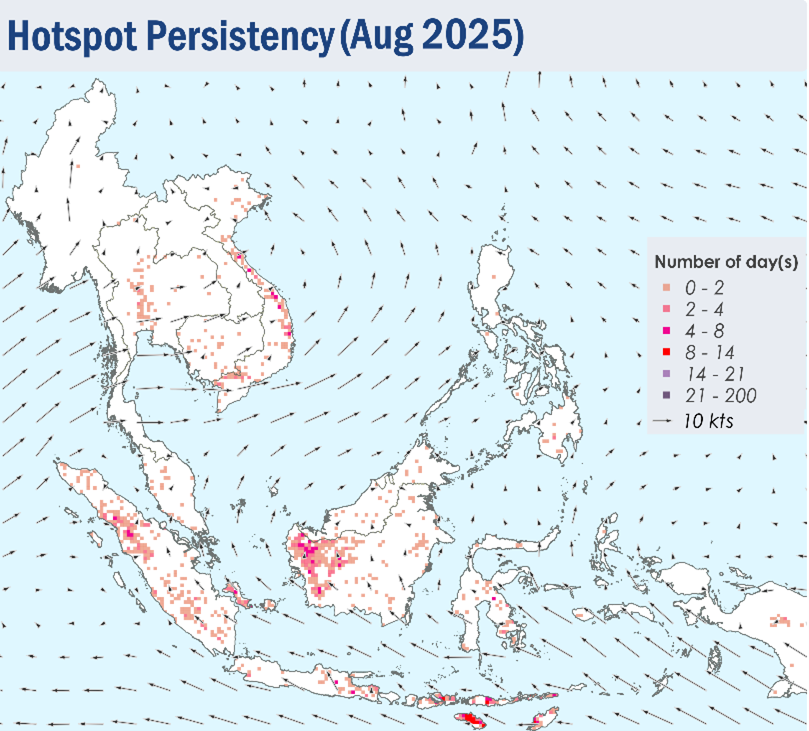
Figure 4: Distribution of hotspots detected in August 2025 based on NOAA-20 satellite surveillance.
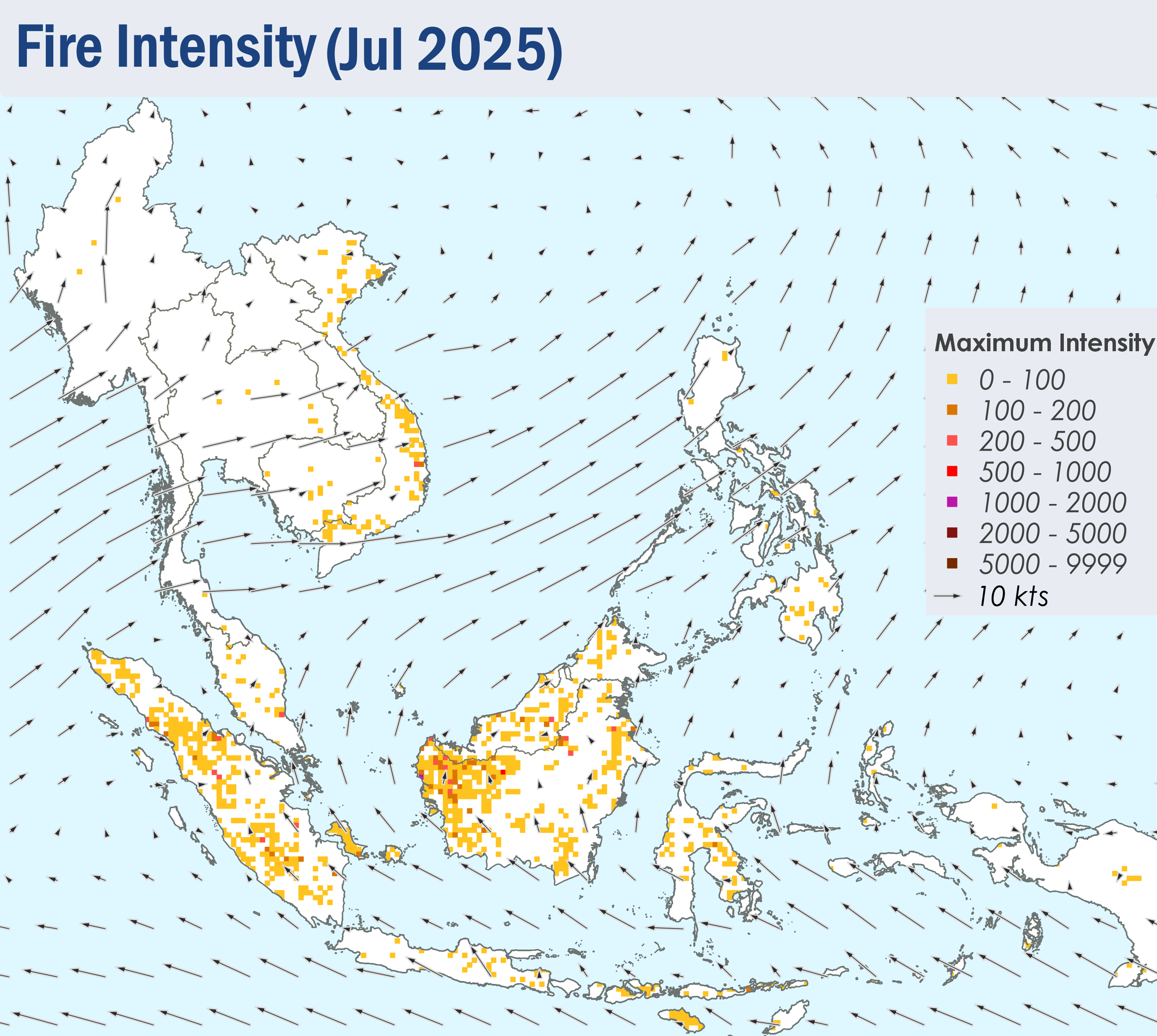
Figure 5: Maximum fire intensity in August 2025 based on NOAA-20 satellite surveillance.
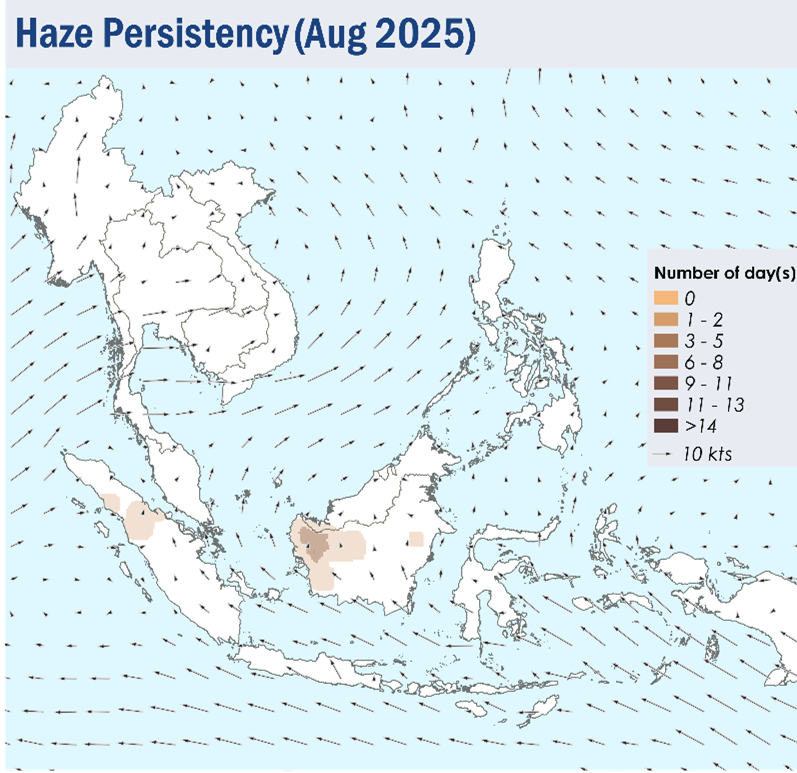
Figure 6: Number of days with moderate to dense smoke haze observed in August 2025 based on satellite imagery, ground observations, and air quality reports.
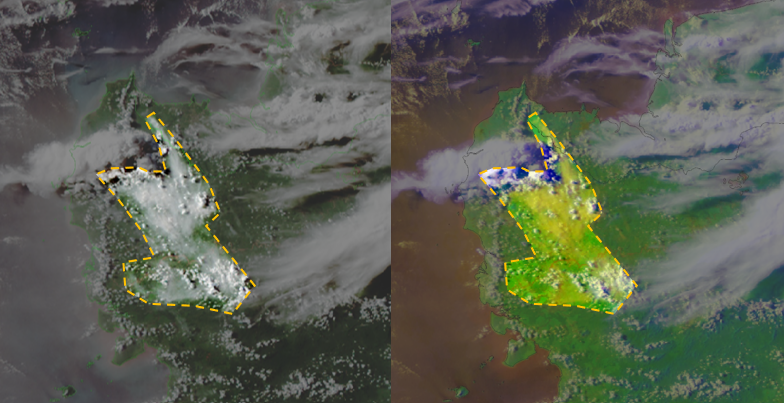
Moderate localised smoke plumes were observed in the western parts of Kalimantan on 7 August 2025. (Source: NOAA-20 satellite surveillance) (Source: Himawari-9 satellite surveillance)

Figure 8: Moderate smoke plumes were observed in the central parts of Sumatra on 2 August 2025. (Source: Himawari-8 satellite surveillance)
